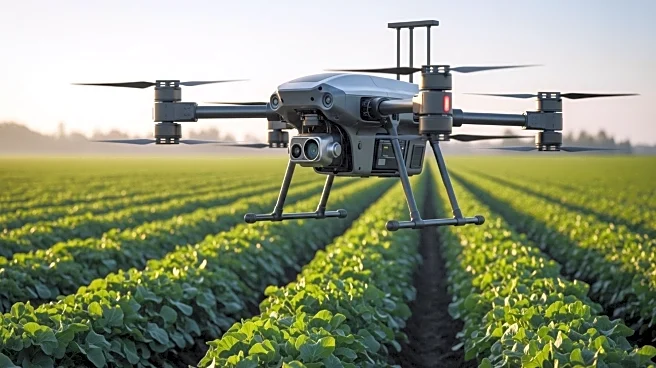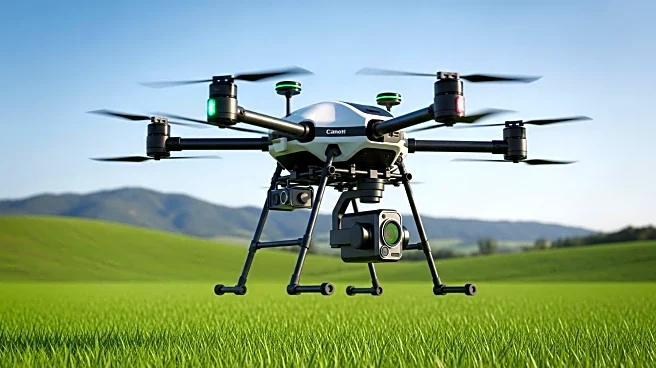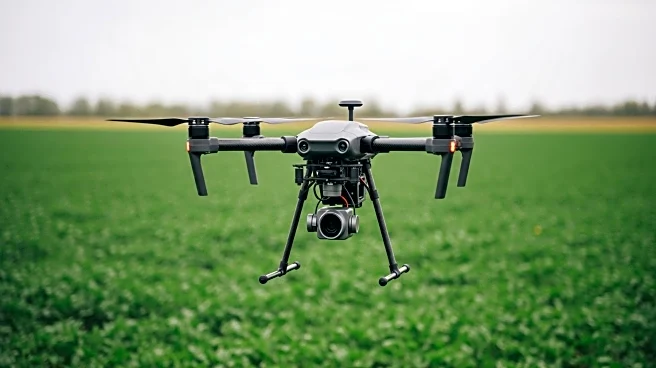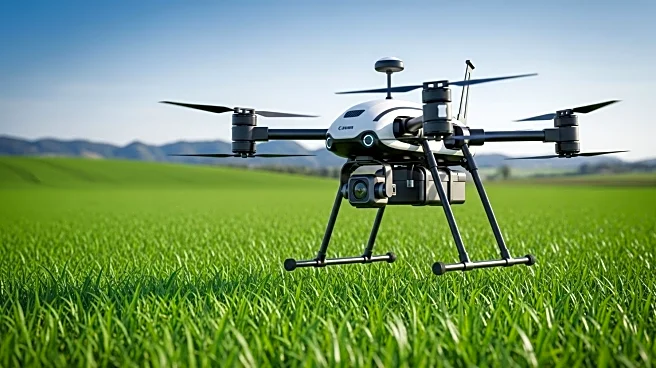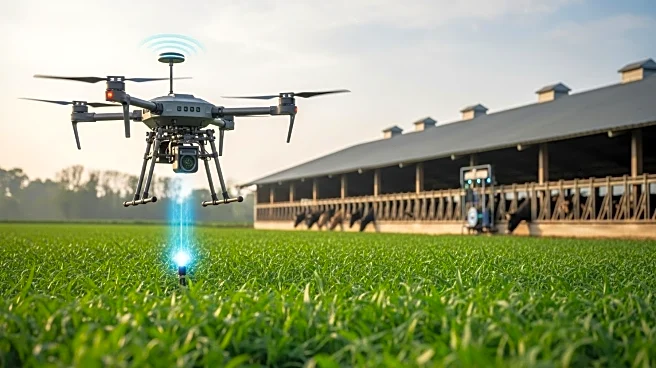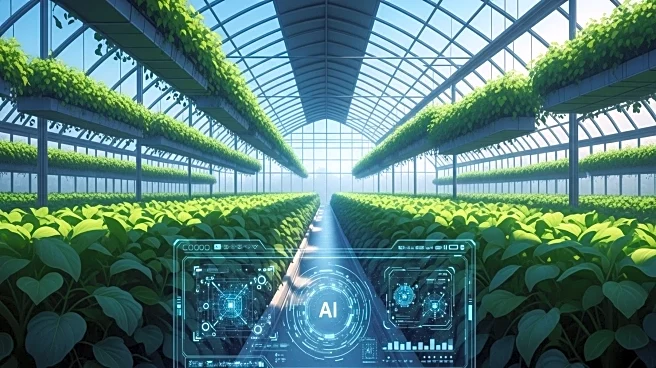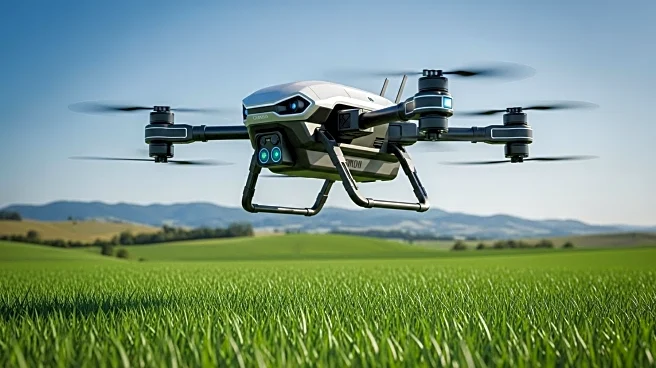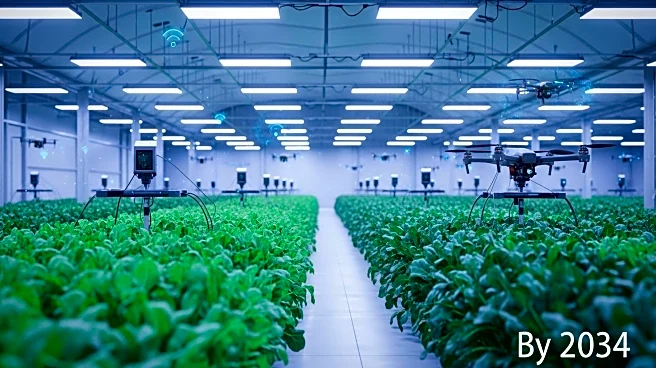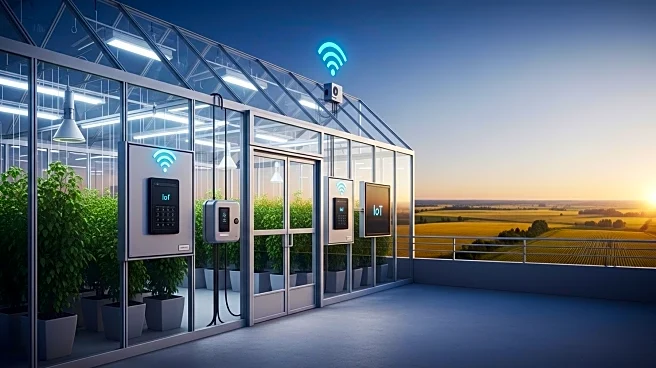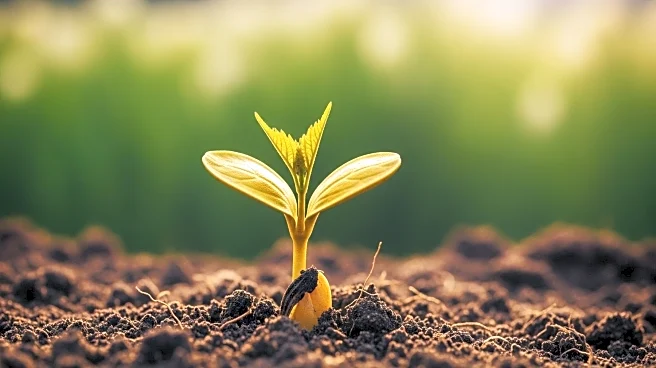What's Happening?
Agriculture airplane technology is transforming modern farming practices in 2025 by utilizing specialized aircraft, commonly known as crop dusters, to deliver fertilizers, pesticides, herbicides, and seeds across large areas of farmland. These airplanes are equipped with advanced technological systems that enhance efficiency, maximize yields, and promote sustainability. Capable of covering up to 1,000 acres per hour, these aircraft provide rapid and precise application of agrochemicals, significantly improving productivity compared to traditional ground methods. The integration of GPS-guided navigation, variable rate technology, and satellite and drone mapping allows for precise and uniform application, reducing chemical waste and environmental impact. This technology addresses the growing global food demand while minimizing the ecological footprint of intensive agriculture.
Why It's Important?
The adoption of agriculture airplanes is crucial for meeting the increasing global food demand driven by population growth and changing dietary habits. By enhancing the efficiency of agrochemical application, these airplanes help farmers optimize yields and reduce environmental impact. The technology minimizes soil compaction and chemical runoff, preserving soil health and protecting sensitive ecosystems. Economically, the use of agriculture airplanes reduces operational costs by enabling faster and more precise applications, which in turn mitigates financial risks associated with pest and disease outbreaks. The shift towards hybrid and electric propulsion systems further aligns with global sustainability goals, reducing emissions and operational noise. This technological advancement positions agriculture airplanes as indispensable tools for modern farming, ensuring food security and environmental sustainability.
What's Next?
Looking ahead, the future of agriculture airplane technology is expected to be defined by greater autonomy, smarter systems, and enhanced environmental awareness. Trends such as AI-driven real-time analytics, electric and hybrid aircraft, and fully unmanned aerial vehicles are anticipated to further revolutionize the industry. The integration of satellite, drone, and airplane data will enable more efficient and sustainable operations. Additionally, blockchain traceability and regulatory compliance will enhance food safety and supply chain integrity. As these innovations continue to evolve, agriculture airplanes will play a pivotal role in addressing the challenges of global food production while safeguarding the planet's resources.
Beyond the Headlines
The broader implications of agriculture airplane technology extend to ethical and cultural dimensions, as it reshapes traditional farming practices and labor dynamics. The shift towards automation and data-driven decision-making may impact rural employment and require new skill sets for farm workers. Furthermore, the emphasis on sustainability and environmental stewardship reflects a growing cultural shift towards responsible agricultural practices. As these technologies become more widespread, they may also influence global agricultural policies and trade dynamics, promoting a more equitable and sustainable food system.

